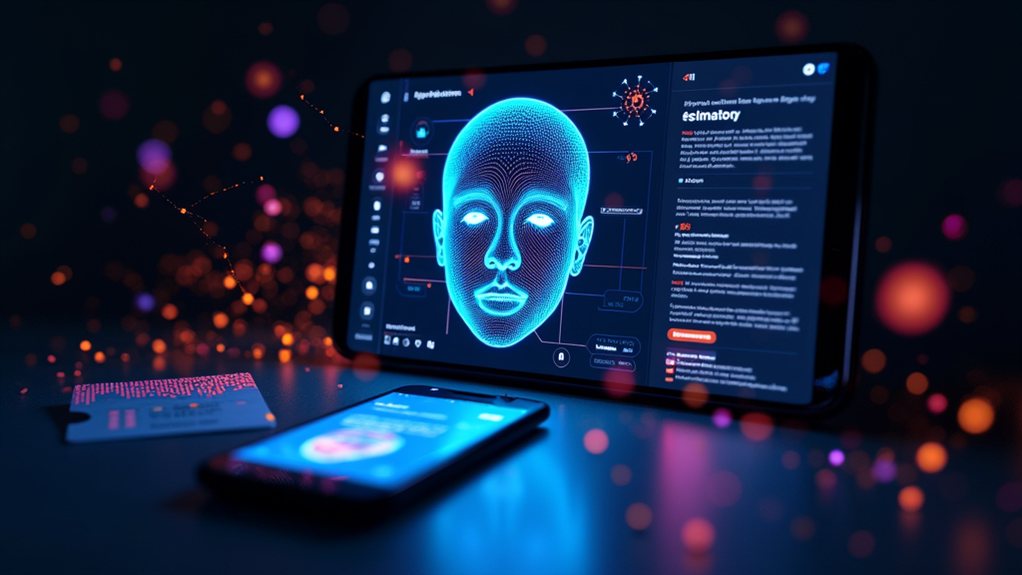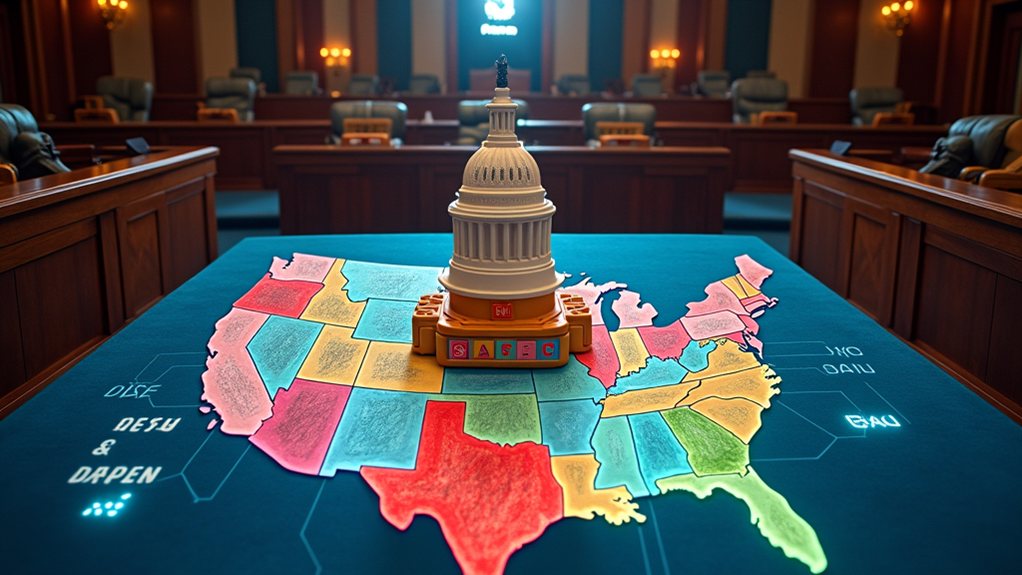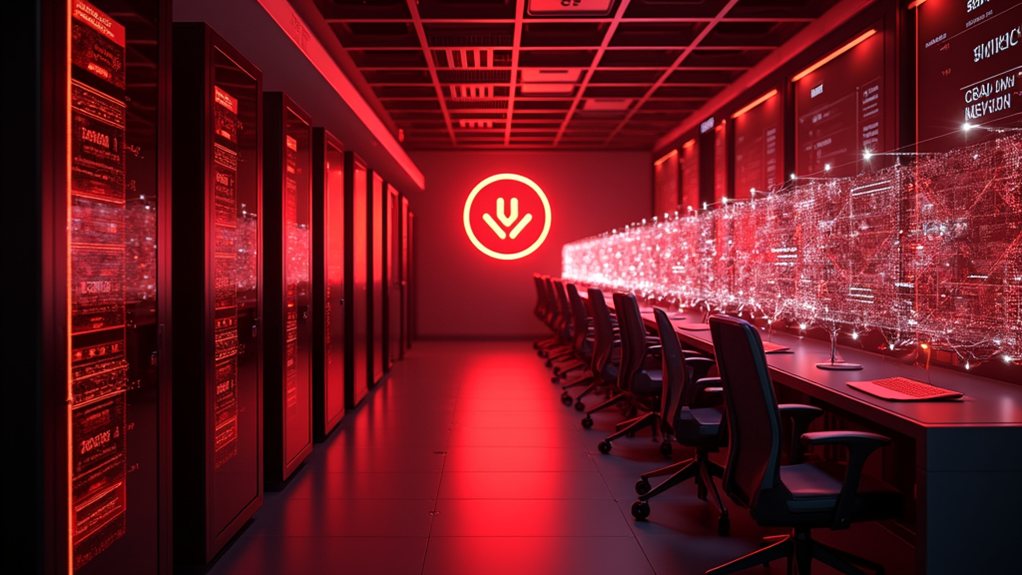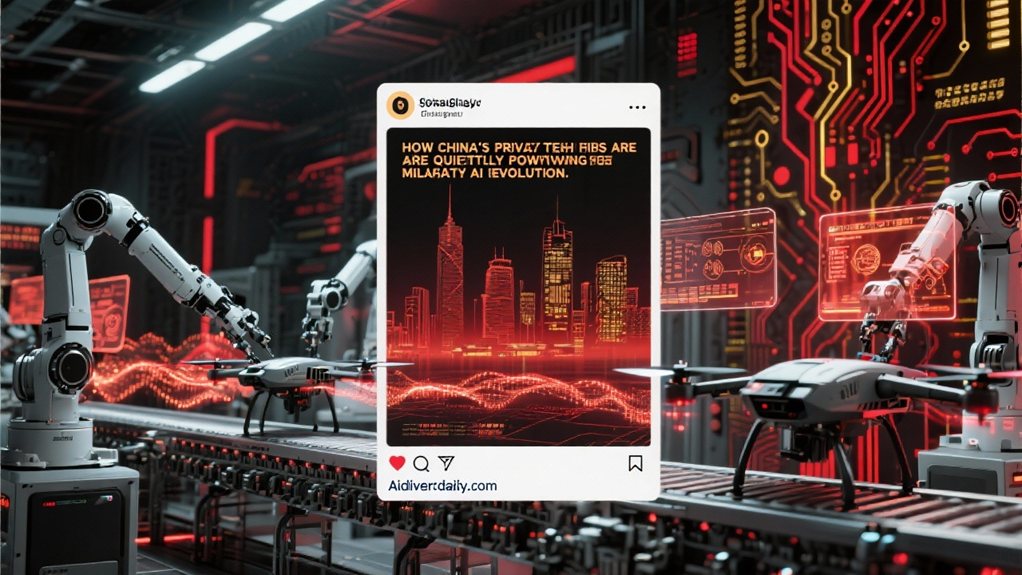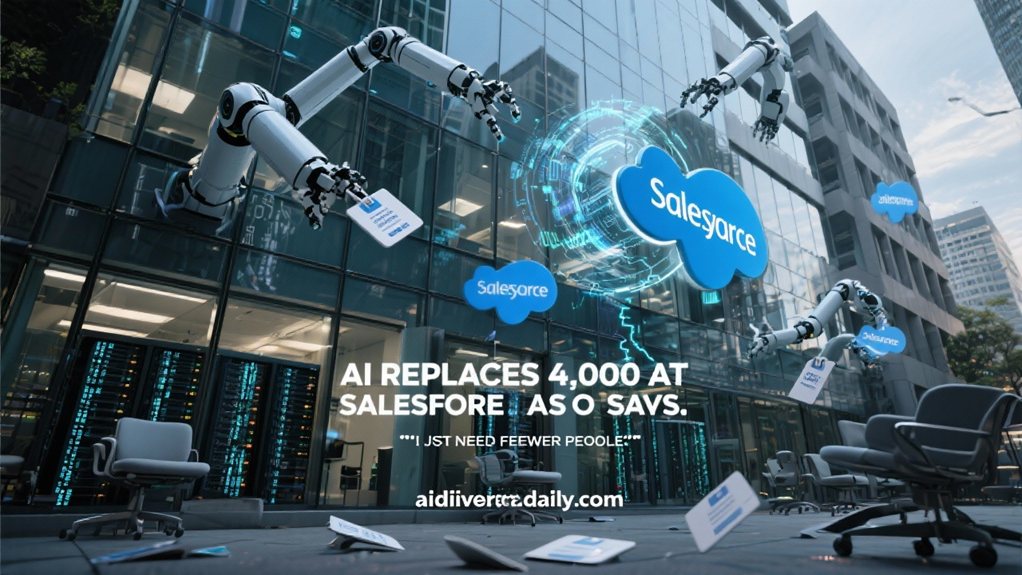While technology often races ahead of regulation, California isn’t waiting around. The Golden State has taken decisive action to govern artificial intelligence in courtrooms and workplaces, becoming one of the first states to establish thorough AI frameworks. Let’s face it—AI is moving fast. Really fast. And California decided that doing nothing wasn’t an option.
Starting September 2025, the California Judicial Council’s new rules on generative AI will take effect in courts statewide. They’re not banning AI outright. That would be too simple, wouldn’t it? Instead, they’re taking a nuanced approach. Different standards will apply depending on who’s using the technology and for what purpose.
California’s nuanced AI rules recognize that a blanket ban would miss the point—different users need different standards.
Court staff get one set of rules. Judges using AI for non-adjudicative tasks get another. And judges making actual decisions with AI assistance? They face the strictest standards of all.
The rules focus on transparency and ethical use. Courts wanting to embrace these shiny new tools must implement formal policies by December 15, 2025. Justice Brad Hill, who chaired the AI Task Force behind these regulations, emphasized just how quickly AI technology is evolving. No kidding. Like many jurisdictions worldwide, California is utilizing regulatory sandboxes to test compliance measures before full implementation.
Meanwhile, the employment sector isn’t escaping scrutiny either. The California Civil Rights Department has finalized regulations governing AI in hiring and workplace decisions, effective October 1, 2025. These rules define automated decision systems broadly—covering everything from simple algorithms to complex machine learning systems used in hiring, promotions, and management. Employers must conduct thorough anti-bias testing of these systems before implementation to prevent discrimination in the workplace.
Employers, listen up. You’ll need to provide 30 days’ notice before deploying AI systems affecting employees or applicants. You’ll have to keep records for at least four years. And here’s the kicker—you’re on the hook legally for what your AI vendors do. The regulations treat third-party AI providers as your agents under the Fair Employment and Housing Act.
The new AI guidelines explicitly prohibit users from inputting personal information into AI systems, such as driver’s license numbers, to protect privacy and prevent potential misuse. Can’t hide behind the algorithm anymore. The rules explicitly state that using AI doesn’t shield employers from liability for discriminatory outcomes. Testing for bias is mandatory. Documentation is essential.
Both sets of regulations emerged from extensive development processes throughout early 2025, with public comment periods and formal adoptions occurring by spring. California’s approach acknowledges AI’s benefits while prioritizing fairness, transparency, and accountability. The message is clear: innovation is welcome, but not at any cost.


